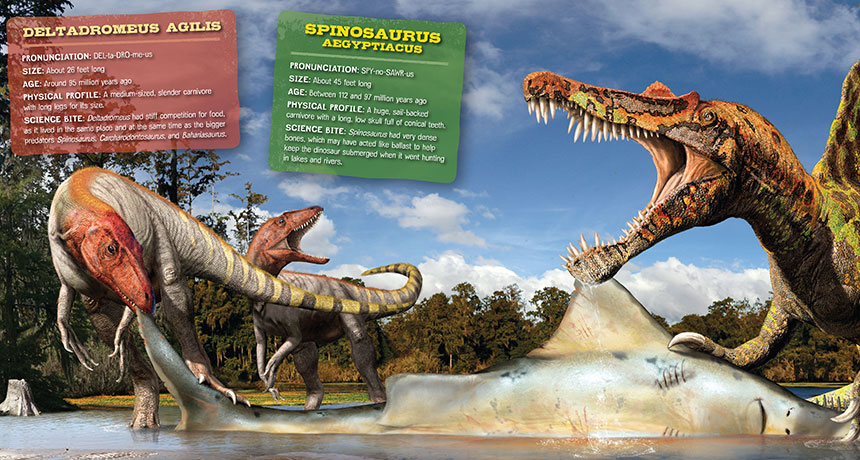
IN FULL COLOR Fabulous art, handy information boxes and fun facts about dinos make Prehistoric Predators a great read for kids and adults alike.
B. Switek and J. Csotonyi/Prehistoric Predators 2015 (Applesauce Press)

IN FULL COLOR Fabulous art, handy information boxes and fun facts about dinos make Prehistoric Predators a great read for kids and adults alike.
B. Switek and J. Csotonyi/Prehistoric Predators 2015 (Applesauce Press)